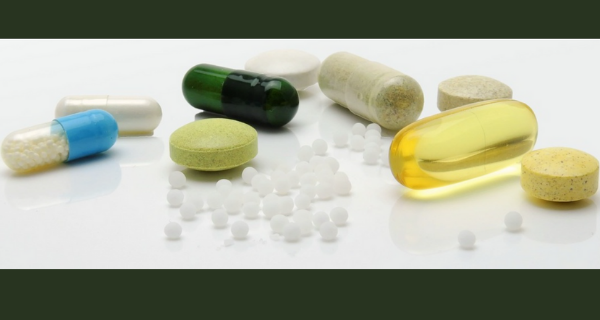Cost-Effectiveness of Combination Therapy for Patients With Systemic Sclerosis–Related Pulmonary Arterial Hypertension

A new modelling study, led by Dr An Duy Tran at the Health Economics Unit, assessed the cost-effectiveness of combination therapy compared with monotherapy for treatment of systemic sclerosis (SSc)-related pulmonary arterial hypertension (PAH). A patient-level simulation model, developed in C++ using linked data from the Australian Scleroderma Cohort Study, the Medicare claims and hospital admissions, was used for the analysis. This economic evaluation took into account a range of drugs used for the treatment of SSc-related PAH in clinical practice and the variation in their prices in anticipation of the imminent expiry of drug patents.
The study, published in Journal of the American Heart Association, showed that mean simulated costs per patient per year in monotherapy and combination therapy groups were A$23,411 and A$29,129, respectively. Mean life years and quality‐adjusted life years from PAH diagnosis to death of patients receiving monotherapy were 7.1 and 3.0, respectively, and of those receiving combination therapy were 9.2 and 3.9, respectively. Given the fatal prognosis of PAH and the incremental cost per life year gained of A$47,989, combination therapy could be considered cost‐effective for the treatment of SSc-related PAH.